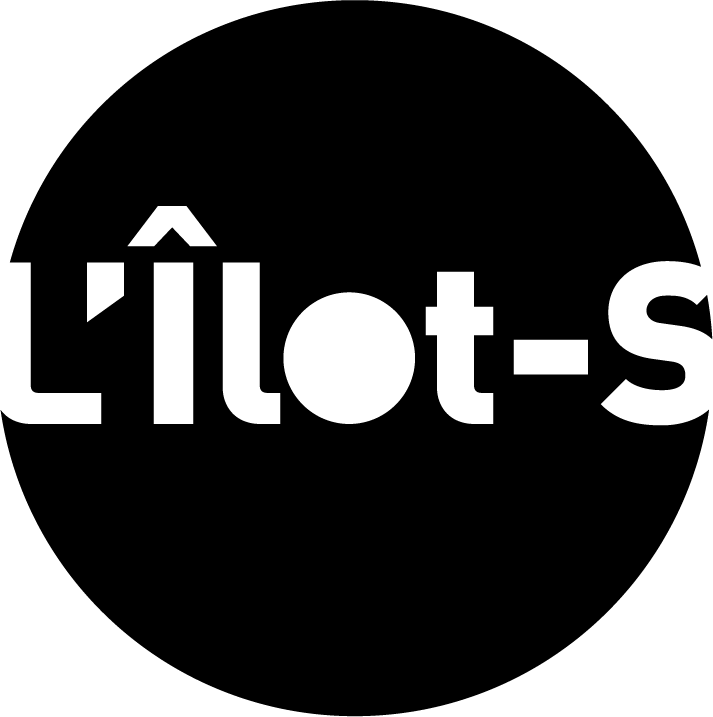La nature des friches
Audrey Muratet, Myr Muratet, Marie Pellaton and François Chiron
L'Îlot-S - CAUE de Haute-Savoie
An urban space turns into wasteland or urban waste ground as soon as humans stop exploiting it (industrial zones, abandoned gardens, ruins of homes, abandoned areas along transport routes, roads, rivers and canals).
Wastelands are inexorably transformed. An ecological process of spontaneous colonization by species-rich animal and plant communities is taking place. The grass goes to seed, the meadow is covered with brambles, shrubs and thickets in the shelter of which the trees grow and multiply, eventually becoming a forest.
They are spaces for a free expression of nature. The diversity of plants and animals as well as their fertile interactions make them refuges of an exuberant nature which cannot be managed or domesticated. If they are designed by their flora and fauna, they also become for the human beings who settle there in order to live their lives out of sight; others will dump it illegally.
This exhibition is the result of ecological research work around a hundred urban wastelands in Hauts-de-Seine undertaken by ecologist Audrey Muratet in 2001. She extends her research across the whole of Île-de-Seine. France, then the North and the East with the photographer Myr Muratet and the graphic designer Marie Pellaton. Together they created a flora of nearly 300 common species of urban wastelands, the only one to date in this environment. Over the years, an informal community has developed around the wasteland project (ecologists, sociologists, artists). This is the case of ecologist François Chiron who installs automatic cameras to monitor the life of diurnal and nocturnal animals in these spaces. This ongoing study has made it possible to understand the ecological, plastic and political interrelations present in these spaces and to build over time a unique vision of urban wastelands.
Un regard sur les friches en Haute-Savoie
Sylvain Duffard
In parallel with the exhibition “La nature des friches”, photographer Sylvain Duffard offers a local variation on the subject. Photographer of the Haut-Savoyard Landscape Observatory supported by the CAUE, he has a very detailed knowledge of the territory and everyday landscapes whose developments he has followed for more than ten years through photographic series.
His intervention focuses on a selection of sites abandoned by human activities, some of which are not specific to Haute-Savoie, such as an old railway line or a partly disused industrial site. The relief offers, for its part, a different perception of a hillside abandoned by agriculture where, under the vegetation, old enclosure walls provide an understanding of its previous use. Geography also strongly marks the Haut-Savoyard territory. There are old material extraction sites along the Arve which bear witness to an economic and industrial history. Another situation projects us into a future that is in the news: a stationary ski resort whose infrastructure has been dismantled.
These places are both unknown and unattractive. Waiting spaces, they can shelter unsuspected biodiversity that the eye of the photographer will help us to understand throughout the seasons. Each of the sites is the subject of photographic series which began at the start of 2024 and will continue until the summer. These new photos will enrich this part of the exhibition over time.
Hybrids by nature
“Representing unused spaces, whether they are urban gaps or abandoned rural areas, involves nourishing the history of places that seem to belong to no one and are available to everyone.
But if the sites that I explored in Haute-Savoie appear indeed disused, they are very often located on private plots or under the control of a public authority and, as such, have reserved access.
Hybrid by nature, these half-natural/half-anthropized spaces are nonetheless the scene of free animal and plant occupation, and offer refuge to excluded populations.
When observed carefully, these places bear witness, just as they sometimes suggest a probable future. Wild because ungrateful, relegated because unproductive, these fragments of territory experience sustained ecological dynamics and draw, like an archipelago made up of scattered islets and as if cut off from the world, a discontinuous landscape. »
Sylvain Duffard, February 2024
more informations
Exhibition from 03/27 to 09/21/2024
Exhibition subject to schedule
Monday to Friday and the first Saturday of the month from 2 p.m. to 6 p.m.
Free entrance
For all
7 esplanade Paul Grimault, 74000 Annecy
Telephone : +33 (0)4 50 88 21 12

